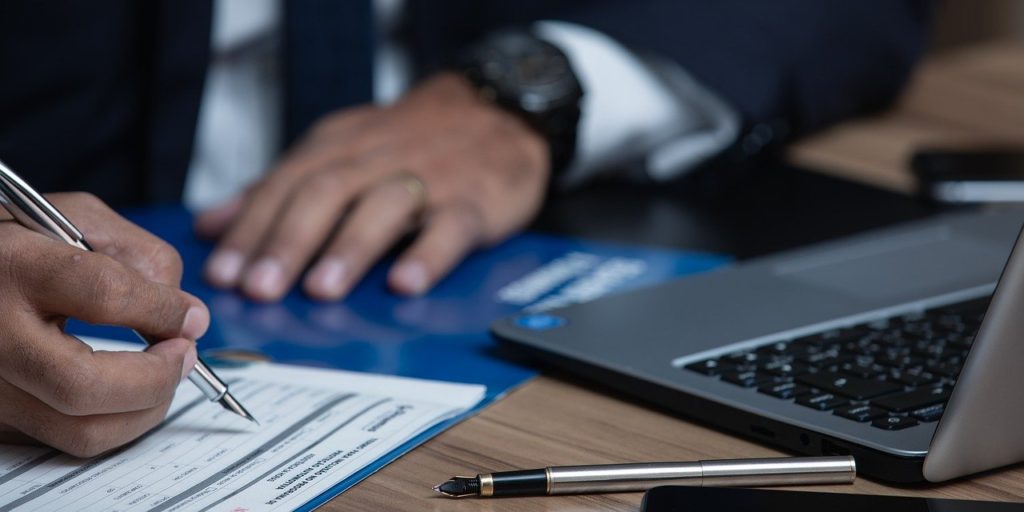- Care needed when using ethanol-fuelled firepots: McLeish - October 5, 2019
- Government changes to auto insurance need to go further, says McLeish - April 5, 2019
- Brokers have duty to inform clients of insurance options - January 5, 2019
Developing and presenting a successful case on behalf of a brain-injured child involves a series of intricate steps, including careful background research and compelling expert testimony, Toronto critical injury lawyer John McLeish writes in a paper presented at a recent Law Society of Upper Canada conference.
“Many judges and the majority of jurors have little or no experience in dealing with brain injuries,” writes McLeish, a partner with McLeish Orlando LLP, in a paper co-authored by Roger Oatley, partner with Oatley Vigmond LLP. The paper, “Developing a Case for Damages for the Brain Injured Child,” was presented at the 2016 Oatley-McLeish Guide to Motor Vehicle Litigation, held by the Law Society of Upper Canada with more than 1,000 attendees.
“It is one of the responsibilities of plaintiff’s counsel to have a medical expert explain the anatomy of the brain, the function of different parts of the brain and how the brain, in any particular case, was damaged.”
The human brain is fragile
The human brain is fragile, floating in cerebral fluid, encased in the skull with many bony protrusions, the paper explains.
“If a brain is suddenly jolted or banged or twisted, like a three-pound mold of jello connected with billions of microscopic threads, a traumatic impact ripples through the entire brain and can cause damage.”
There are several classifications of a traumatic brain injury including mild, moderate, and severe. The Glasgow Coma Scale (GCS), the length of loss of consciousness, and length of post-traumatic amnesia are also considerations in determining the severity of the injury, the paper explains.
Counsel must take steps to obtain and scrutinize all pre-accident records. This includes school records starting in kindergarten. School records generated before the accident are helpful in determining what the child’s pre-accident performance was like and what could be expected in the future.
Necessary elements
A number of experts should be called as witnesses at trial, including a neurologist, occupational therapist, neuropsychologist, an educational psychologist, a loss of income expert, and a future costs of care expert. Lay witnesses are also crucial and necessary elements of every successful case. These witnesses include teachers who taught the child before the accident and teachers who taught the child after.
“The sympathy of the judge and jury will be with the injured child, so if counsel leaves no stone unturned in the preparation and presentation of the case, the chances of success are maximized,” McLeish says.

